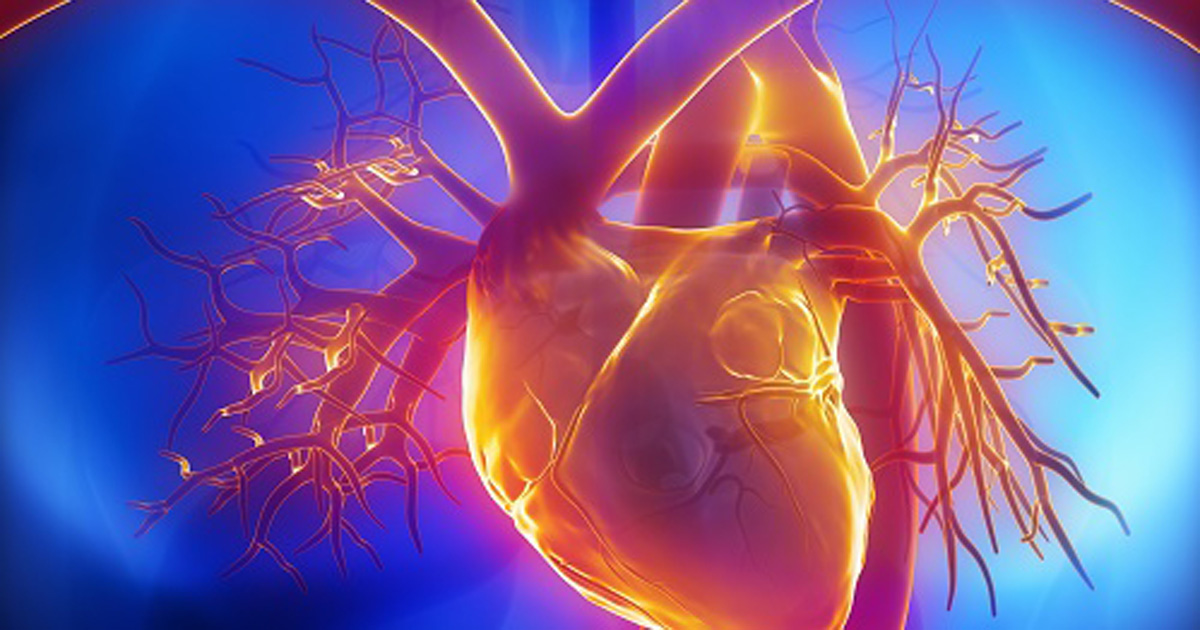Childhood Takayasu arteritis carries 3% mortality rate in first year
Patients with childhood Takayasu arteritis have a 3% mortality rate within the first year after diagnosis, as well as a 50% morbidity rate within the first 5 years, according to findings published in Arthritis Research & Therapy.
“Childhood TA (c-TA), the most common large vessel vasculitis in the pediatric population, has been studied in 17 cohorts of 445 c-TA cases (including 24 Chinese patients) to date, with an uncertain clinical profile but devastating mortality reaching 27%,” Luyun Fan, MD, of the Chinese Academy of Medical Sciences and Peking Union Medical College, Beijing, and colleagues wrote. “Notably, comprehensive data on management and outcome prediction of c-TA are extremely lacking.”
To evaluate childhood Takayasu arteritis’ clinical course, as well as the prognostic factors linked to rehospitalization, vascular events, flares and death, Fan and colleagues conducted an ambispective study of 101 patients at Fuwai Hospital, Chinese Academy of Medical Sciences, from January 2002 to December 2017. The median age at onset was 14 years.

Researchers collected data on demographic, clinical, laboratory, imaging and therapeutic factors for each patient. In addition, they used Kaplan-Meier survival curve and propensity score analysis to evaluate event-free survival, complication-free survival, flare-free survival, rehospitalization-free survival and associated prognostic factors.
According to Fan and colleagues, the most common presentations were hypertension, representing 70.3% of cases; blood pressure discrepancy, with 55.4%; bruits, with 51.5%; and pulse deficits, representing 37.6% of cases. Of those with major vascular involvement, 62.4% included the renal artery, 42.6% involved the abdominal aorta, 43.6% included the subclavian artery and 42.6% involved the carotid artery. Regarding treatment, 78.2% received glucocorticoids, 72.3% received antihypertensive drugs, 72.3% received antiplatelet agents and 57.4% were administered revascularization.
At a median 2.4 years of follow-up, events occurred in 44.6% of cases, with 37.6% resulting in rehospitalization, 44.6% in vascular complications, 26.7% in flares and 3% in death. The 5-year event-free survival rate was 42.8%, with a 55.8% rate of rehospitalization-free survival, 45.9% rate for vascular complication-free survival and a 62.3% rate of flare-free survival.
Prognostic predictors of events were BMI (HR=0.49; 95% CI, 0.3-0.81), stroke (HR=7.37; 95% CI, 2.35-23.1) and revascularization (HR=0.51; 95% CI, 0.27–0.94) (P=.032). In addition, age at admission (HR=0.81; 95% CI, 0.69-0.94), renal artery involvement (HR = 0.49; 95% CI, 0.25-0.96) and elevated C-reactive protein (HR=2.5; 95% CI, 1.24-5) were independent predictors of rehospitalization. BMI (P=.024) and renal artery involvement (P=.015) were associated with vascular complications, and revascularization (P=.002) was independently linked to re-flares.
“This large ambispective study of c-TA reveals an early mortality and morbidity, with 3% of patients dying by the first year and around 50% enduring at least an event or rehospitalization within the first 5years after diagnosis,” Fan and colleagues wrote. “Hypertension, renal artery involvement and revascularization based on glucocorticoids, antihypertensive drugs, and antiplatelet agents are the core clinical, imaging and therapeutic features of c-TA with optimistic indications on further prognosis. Stroke, elevated CRP, lower BMI level and younger age at admission are, however, independent risk factor of poor outcomes.” – by Jason Laday
Disclosure: Fan reports no relevant financial disclosures. Please see the study for all other authors’ relevant financial disclosures.
